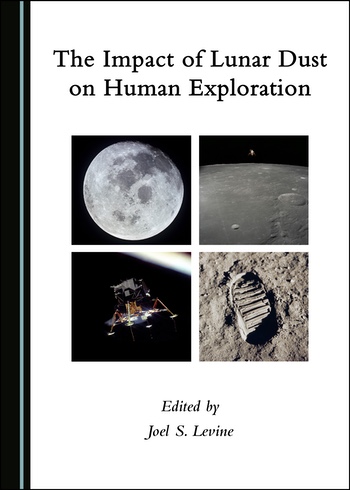Review: The Impact of Lunar Dust on Human Explorationby Jeff Foust
|
| “I think dust is probably one of the greatest inhibitors to a nominal operation on the Moon,” Gene Cernan after Apollo 17. |
The book is a summary of a workshop held a year and a half ago on the subject, examining the various issues that the Moon’s fine-grained regolith poses. Dust kicked up by a lunar lander can obscure the view of the surface and interfere with radars and other instruments used for landing. The dust kicked up by a lander can travel extended, sandblasting equipment at any future base and even the lander itself. Coatings of dust can affect radiators, causing equipment to overheat. It can clog mechanisms and degrade seals. Dust can be an irritant on the skin and in the lungs.
The chapters in the book outline our stage of knowledge of these issues—or, more frequently, state of ignorance. Lunar dust hazards received little attention in the decades after Apollo and not much even during Apollo. The workshop’s plenary speaker, Brian O’Brien, fought to get a dust detector experiment on the Apollo missions. (He contributed a chapter to the book about his research and his thoughts on future research; he died last year at the age of 86.) What studies that have been revived by Constellation and, more recently, Artemis, rely on decades-old data or use of lunar simulants, computer modeling, or other substitutes. Scientists, for example, concluded that lunar regolith was as abrasive as commercial sandpaper when in contact with skin by rubbing JSC-1A, a widely used lunar simulant, with pig skin, a “high-fidelity model for human skin.”
The research outlined in the book doesn’t reveal any showstoppers for human lunar exploration: after all, six Apollo missions successfully landed on the Moon and spent up to a few days there. However, the book illustrates the importance of studying the effects of lunar dust on humans and equipment and developing mitigation measures. One chapter discusses research in chemicals that, when applied to surfaces, reduces the ability of lunar dust to adhere to them. For anyone involved in lunar exploration, from supporting Artemis to developing commercial landers, this book offers a detailed review of the hazards posed by lunar dust that they will need to address, one way or another.
Note: we are using a new commenting system, which may require you to create a new account.
